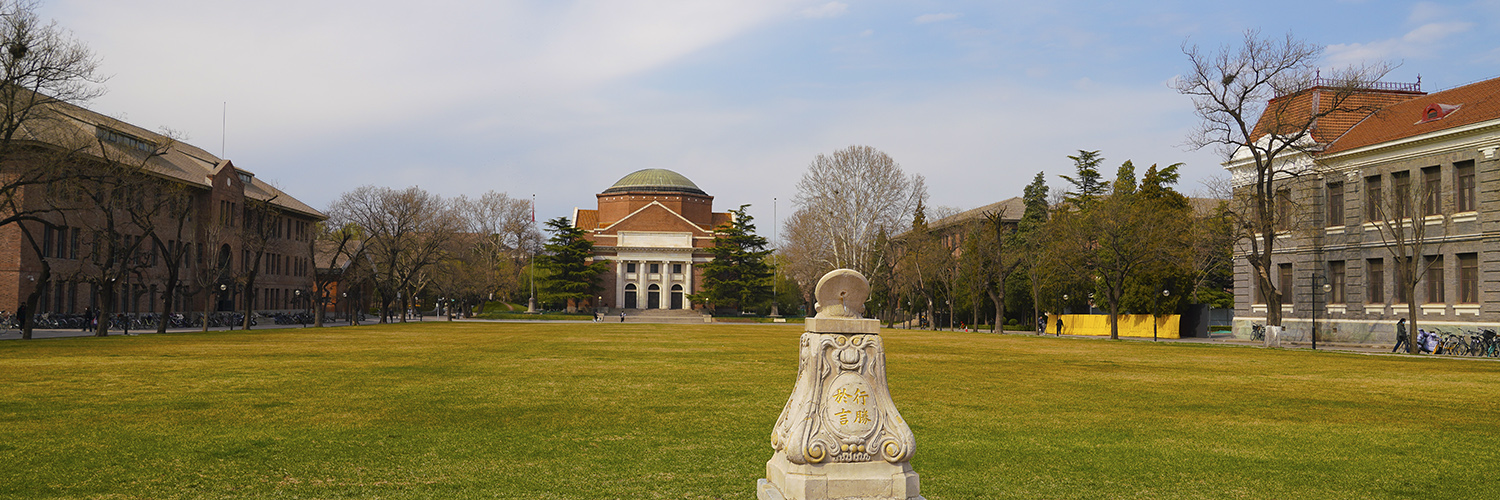10月15日(周三)9:00在人文楼B206召开科学史系第209期系学术例会。报告人为清华大学人文与社会科学高等研究所博士后河在瑩老师和科学史系23级硕士生黄鑫同学,报告内容如下:
报告人:河在瑩
题目:Mineral for Empire: Trans-Pacific US Tungsten Mining in the Early 20th Century.
简介:The presentation examines how the United States transformed South Korea's Sangdong tungsten mine into a strategic Cold War resource hub, integrating it into global supply chains through U.S. aid agencies, engineers, and military support. This presentation traces the origins of U.S. mining technology and management practiced in South Korea from the mining practices in American Pacific, revealing how such mining engineering skills arrived in South Korea across the Pacific, going through the Asia-Pacific War and the Korean War. While framed as “cooperation,” American control over technology, management, and exports effectively subordinated South Korean agencies and linked tungsten extraction to U.S. geopolitical and military needs. By situating Sangdong within a broader history of Pacific mining frontiers, the study reveals how resource extraction embodied both imperial continuities and local resistance in post-liberation Korea.
报告人:黄鑫
题目:原子钟背后的战争:拉比、美国国家标准局与原子钟竞赛(1937—1967)
简介:本文从个人、国家到全球的多重视角,梳理了原子钟从理论奠基(1937)到确立为国际时间标准(1967)的历史进程。1930年代,伊西多·拉比提出分子束磁共振理论奠定基础,但二战迫使其转向雷达研究,直至1945年方提出原子钟概念,却因兴趣转移放弃研发。美国国家标准局受二战军事需求驱动,于1949年研制出世界首台原子钟,但朝鲜战争引发的经费与人员问题导致其研发受阻。冷战时期,美苏技术竞争推动全球科研机构加速原子钟迭代。1967年,国际计量大会将铯原子钟确立为国际时间基准。研究表明,原子钟的发展不仅源于科学探索,还受二战军事需求、冷战竞争及国际标准化推动,折射出20世纪科技与战争交织的复杂图景。


